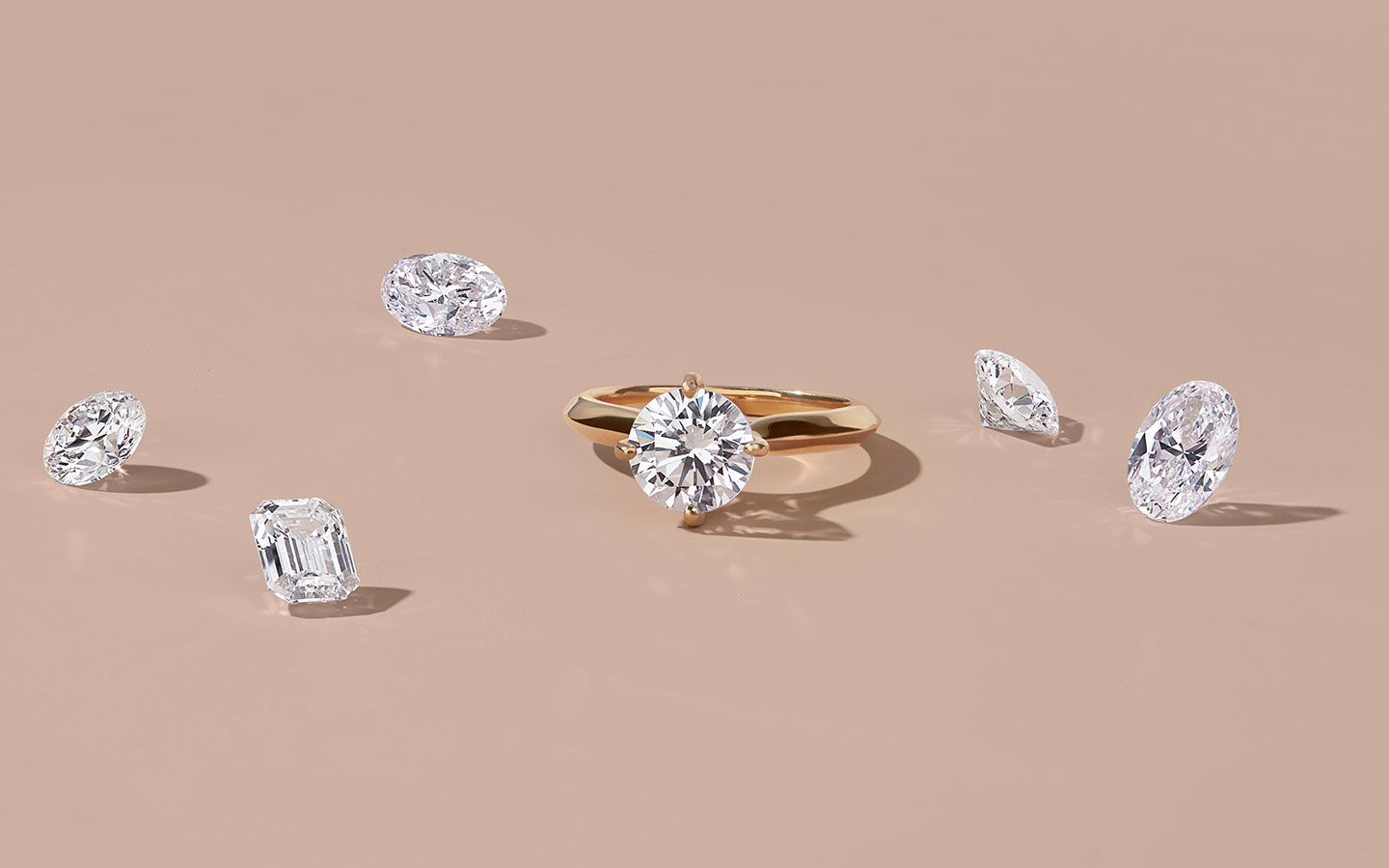Unveiling the Ethical Gemstone: Lab Grown vs. Natural Diamonds
Diamonds have long captivated hearts with their brilliance and symbolism of everlasting love. But in recent years, a new chapter in the diamond story has unfolded, presenting an ethical quandary for aspiring jewelry owners: lab grown diamonds vs. natural diamonds.
Delving into the Depths: Formation and Origins
Natural diamonds are formed over millions of years under extreme pressure and heat deep within the Earth’s mantle. Their journey to the surface, often through volcanic eruptions, is a testament to nature’s remarkable power. Conversely, lab grown diamonds are created in a controlled environment, replicating the natural process in a matter of weeks. Advanced technology mimics the high-pressure, high-temperature conditions, fostering the growth of diamond crystals with the same chemical and physical properties as their mined counterparts.
The Ethical Conundrum: Unveiling the Gray Areas
The ethical considerations surrounding diamond mining have been a cause for concern for many. Traditional mining can raise issues like environmental damage, unfair labor practices, and conflict diamonds. Lab grown diamonds offer a compelling alternative, eliminating these concerns entirely. They are conflict-free and boast a significantly smaller environmental footprint, as their production requires less energy and land usage compared to mining.
However, Im Labor gezüchtete Diamanten im Vergleich zu natürlichen. Responsible mining practices are becoming increasingly prevalent, and some argue that traditional mining can contribute to economic development in certain regions. Ultimately, the ethical weight one associates with each option is a personal decision.
The Gemological Spotlight: Unveiling the Sparkle Within
When it comes to brilliance and beauty, both lab grown and natural diamonds can leave you breathless. They possess the same fire, scintillation, and durability, making them equally suitable for everyday wear and cherished heirlooms. Trained gemologists can identify minute differences in the presence of certain elements, but the naked eye cannot distinguish between the two.
The Price Equation: Unveiling the Value Proposition
Lab grown diamonds are generally priced 20-40% lower than their natural counterparts of comparable size and quality. This significant price difference stems from the reduced time and resource investment associated with lab creation. For those seeking an exceptional diamond at a more accessible price point, lab grown diamonds offer an attractive option.
Unveiling the Future: A Sustainable and Ethical Landscape
The rise of Im Labor gezüchtete Diamanten represents a significant shift in the diamond industry. As technology continues to evolve, we can expect even more affordable and sustainable options to emerge. This, coupled with increasing consumer awareness and ethical considerations, is likely to reshape the diamond market in the years to come.
Choosing Your Gemstone: A Guide for the Discerning Buyer
Ultimately, the choice between lab grown and natural diamonds is a personal one. We encourage you to carefully consider your priorities and values. Reflect on the following aspects to guide your decision:
- Ethical considerations: Do you prioritize environmental and social responsibility?
- Budget: Are you working within a specific price range?
- Personal preference: Do you have a sentimental attachment to the natural formation process, or are you drawn to the innovation and sustainability of lab grown diamonds?
Regardless of your choice, remember that both options offer the timeless beauty and enduring symbolism that diamonds are renowned for.
Frequently Asked Questions:
1. Are lab grown diamonds real diamonds?
Yes, lab grown diamonds are chemically, physically, and optically identical to natural diamonds. They possess the same brilliance, fire, and durability, making them classified as real diamonds by gemological institutions.
2. Can you tell the difference between a lab grown and natural diamond?
The naked eye cannot distinguish between the two. Only trained gemologists using specialized equipment can identify minute differences in the presence of certain elements.
3. Are lab grown diamonds more ethical than natural diamonds?
Lab grown diamonds eliminate the environmental and social concerns associated with some traditional mining practices. However, responsible mining initiatives are on the rise, making the ethical landscape a nuanced consideration.
4. Which diamond is a better investment?
The investment potential of both types of diamonds is uncertain and subject to market fluctuations. It’s recommended to prioritize personal preferences and ethical considerations over investment potential when choosing a diamond.





